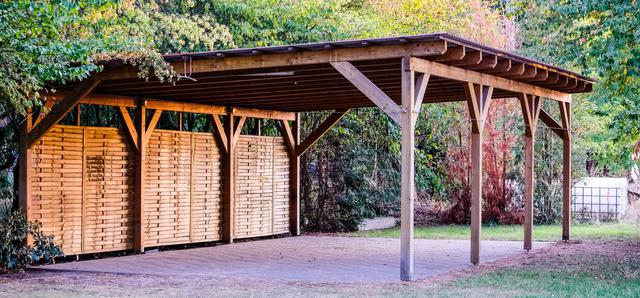As individuals age or experience a disability, it may become necessary to make changes to their homes to ensure accessibility and safety. While remodeling to accommodate a disability can be a challenging process, it can also be a fulfilling experience. However, there are many surprises homeowners encounter during the remodeling process that they may not have anticipated. In this article, we will explore some of the biggest surprises homeowners encounter when remodeling to accommodate a disability.
Permitting and Regulations
One of the biggest surprises homeowners encounter when remodeling to accommodate a disability is the permitting and regulatory process. Homeowners may be surprised by the amount of paperwork, approvals, and inspections required before any work can be done. Depending on the scope of the project, the permitting and regulatory process can be time-consuming and costly.
Designing for Accessibility
Another surprise homeowners encounter when remodeling to accommodate a disability is the complexity of designing for accessibility. Homeowners may not realize how many small details need to be considered, such as the width of doorways, the height of light switches, and the placement of grab bars. Additionally, homeowners may not know what options are available for their specific needs, and may require the assistance of a professional to help them design the best solution.
Costs
Another surprise homeowners encounter when remodeling to accommodate a disability is the cost. Depending on the scope of the project, the costs can add up quickly. In some cases, insurance may cover some or all of the costs, but homeowners should be prepared to budget for unexpected expenses. Homeowners may also be surprised by the cost of specialized equipment, such as lifts or mobility aids, which may be necessary for accessibility.
Emotional Impact
Finally, homeowners may be surprised by the emotional impact of remodeling to accommodate a disability. Homeowners may feel overwhelmed by the changes and adjustments that need to be made, and may feel a loss of independence or control. However, homeowners should remember that the changes are necessary to ensure their safety and independence, and that there are resources available to help them through the process.
In conclusion, remodeling to accommodate a disability can be a challenging but rewarding process. Homeowners should be prepared for the surprises that may arise, such as the permitting and regulatory process, designing for accessibility, costs, and the emotional impact of the changes. However, with the right resources and support, homeowners can successfully remodel their homes to meet their needs and improve their quality of life.






comments